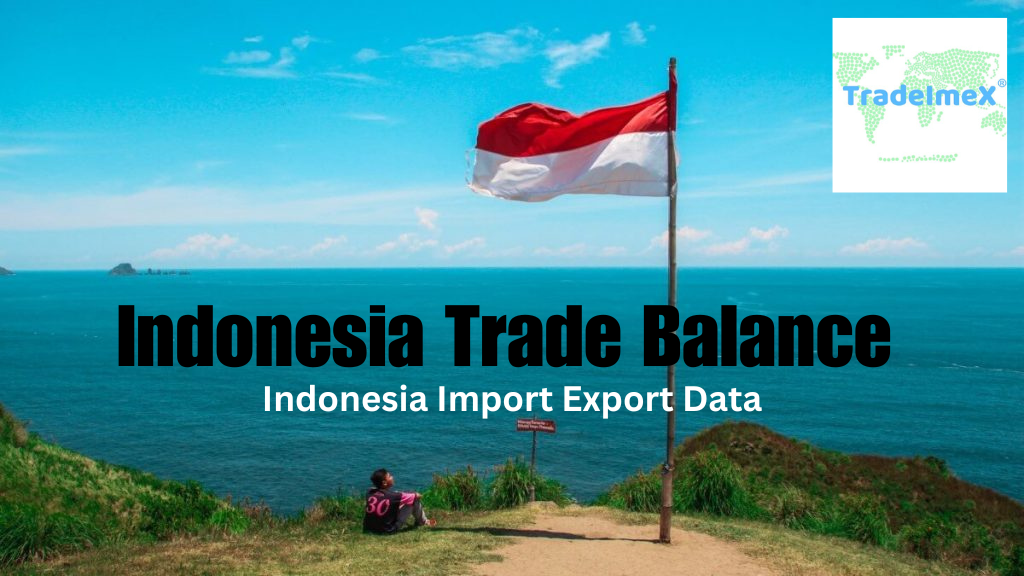In 2022, it is anticipated that Indonesia's GDP would total $1,270.00 billion USD. It is now the greatest economy in Southeast Asia. Natural resources are abundant in Indonesia, and it is connected to important trading routes. When it comes to exports of palm oil, Indonesia comes in front.
Recently, Indonesia banned the export of palm oil. This has had an impact on the global supply chain for palm oil. It has led to an increase in oil prices in major global markets like the USA, India, and European nations. Indonesia is therefore a key strategic site for international trade.
To increase your presence in the Indonesian market, you must conduct a thorough market analysis. You may learn all there is to know about Indonesia's import-export system by reading this blog.To increase your presence in the Indonesian market, you must conduct a thorough market analysis. You may learn all there is to know about Indonesia Custom Data by reading this blog.
Key import sectors in Indonesia include raw materials, capital goods, machinery, electronics, fuel, and consumer goods. The country imports various products to support its manufacturing industries, construction activities, infrastructure development, and to cater to the needs of its growing population.
Indonesia's imports are also influenced by its trade relationships with other countries and global economic conditions. Changes in international commodity prices, foreign exchange rates, and shifts in trade policies can impact the value and volume of imports over time.
